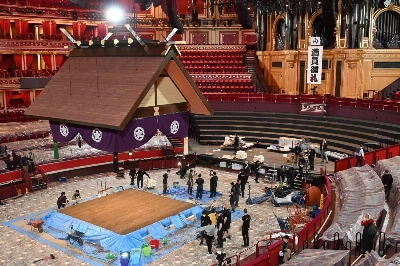Mention Venice, and thoughts inevitably turn to St. Mark's Square and the golden mosaics of the basilica there, the Ca' d'Oro palazzo with its view over the Grand Canal, or a handful of other great landmarks that recall the cultural vibrancy of this once-independent city-state that dominated Mediterranean life in the Middle Ages.
My interest, however, was caught by a place overlooked by many visitors. The Jewish Ghetto is a two-block neighborhood located in the northwest of Venice. Though architecturally nondescript, it possesses every bit the historical significance of better-known localities.
The ghetto, walled off by rows of conjoined, peeling residential buildings, was the focus of Venice's Jewish community from its establishment in 1516. The region's moneylenders were famously depicted in Shakespeare's 1594-98 drama "The Merchant of Venice," controversial for its enigmatic character Shylock. (Ironically, despite the bustle and flavor of his description of Venice, Shakespeare was almost certainly drawing on his imagination -- the playwright is thought to have never traveled overseas.)

















With your current subscription plan you can comment on stories. However, before writing your first comment, please create a display name in the Profile section of your subscriber account page.